Table of content
Shrimp paste, a fermented condiment made from ground shrimp and salt, is a cornerstone of Southeast Asian, Chinese, and Filipino cuisines. Its pungent aroma and intense umami flavor make it a beloved ingredient in dishes like stir-fries, curries, and dips. However, mastering the balance between its bold taste and other ingredients requires skill. This article explores the nuances of cooking with shrimp paste, offering tips, recipes, and techniques to elevate your dishes from ordinary to extraordinary.
Understanding Shrimp Paste: Types and Uses
Before diving into cooking methods, it’s essential to grasp the varieties of shrimp paste. Common types include terasi (Indonesia), kapi (Thailand), belacan (Malaysia), and shrimp sauce (China). Each differs in texture, saltiness, and fermentation time. For instance, Malaysian belacan is sun-dried and has a pungent, concentrated flavor, while Thai kapi is softer and saltier.
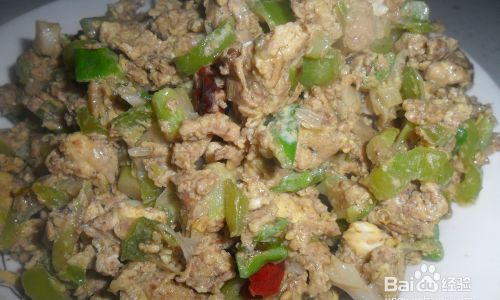
When selecting shrimp paste, opt for fresh, vacuum-sealed blocks or jars to avoid spoilage. Store it in the refrigerator to maintain its potency. Rinse the paste lightly under cold water before use to reduce excess saltiness, especially if the recipe calls for minimal adjustments.
Key Ingredients to Pair with Shrimp Paste
Shrimp paste’s intensity demands complementary ingredients that temper its saltiness while enhancing its depth. Here’s a list of essentials:
- Aromatics: Garlic, shallots, ginger, and lemongrass form the flavor base. Sauté them until fragrant to mellow the shrimp paste’s sharpness.
- Acids: Lime juice, tamarind, or vinegar cut through richness and brighten the dish.
- Sweeteners: Palm sugar, coconut sugar, or honey balance saltiness and add complexity.
- Proteins: Chicken, pork, tofu, or seafood (e.g., squid or shrimp) absorb the paste’s flavor beautifully.
- Vegetables: Eggplant, green beans, bamboo shoots, or okra add texture and freshness.
- Herbs: Cilantro, basil, or Thai basil provide a refreshing finish.
Cooking Techniques to Maximize Flavor
Toasting Shrimp Paste
Toasting shrimp paste before cooking intensifies its aroma and reduces its fishy undertones. Here’s how:
- Wrap a small piece of paste in foil and dry-roast it over medium heat until fragrant (2–3 minutes).
- Alternatively, crumble the paste into a hot pan and stir until it darkens slightly. Be cautious—it burns easily.
Building a Flavor Base
Start by sautéing aromatics in oil until golden. Add the toasted shrimp paste and stir for 30 seconds to release its oils. This step ensures the paste’s flavor permeates the dish without overpowering it.
Balancing Act: Salt, Sweet, Sour, and Spice
Shrimp paste is inherently salty, so adjust seasoning carefully. Use a pinch of sugar or a splash of lime juice to harmonize flavors. For heat, add fresh or dried chilies according to preference.
Simmering for Depth
Allow dishes to simmer gently after adding liquids like coconut milk, broth, or water. This mellows the shrimp paste’s sharpness and meld the ingredients into a cohesive sauce.
Recipes to Try
Classic Stir-Fried Shrimp Paste with Vegetables
Ingredients:
- 2 tbsp shrimp paste
- 3 garlic cloves, minced
- 1 shallot, thinly sliced
- 1 red chili, sliced
- 1 eggplant, cubed
- 100g green beans, trimmed
- 1 tbsp palm sugar
- 1 tbsp lime juice
- 2 tbsp oil
- Fresh cilantro for garnish
Instructions:
- Toast shrimp paste in a dry pan until fragrant. Crumble and set aside.
- Heat oil in a wok. Sauté garlic, shallot, and chili until golden.
- Add eggplant and green beans. Stir-fry for 3 minutes.
- Stir in toasted shrimp paste, palm sugar, and 2 tbsp water. Simmer for 5 minutes.
- Finish with lime juice and cilantro. Serve with steamed rice.
Creamy Shrimp Paste and Coconut Curry
Ingredients:
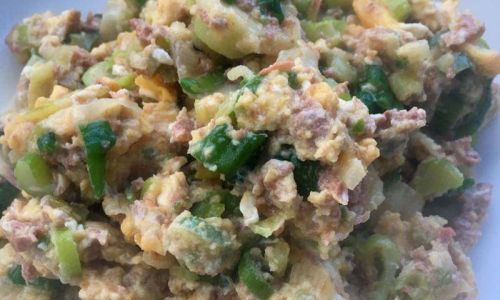
- 1 tbsp shrimp paste
- 1 tbsp curry powder
- 400ml coconut milk
- 500g chicken thighs, cubed
- 1 onion, diced
- 1 tomato, chopped
- 1 tbsp fish sauce
- 1 tsp tamarind paste
- 1 tbsp oil
- Fresh basil leaves
Instructions:
- Toast shrimp paste and curry powder in oil until fragrant.
- Add chicken and brown on all sides.
- Stir in onion and tomato. Cook until softened.
- Pour in coconut milk, fish sauce, and tamarind. Simmer for 20 minutes.
- Serve over jasmine rice, garnished with basil.
Shrimp Paste Fried Rice
Ingredients:
- 1 tbsp shrimp paste
- 3 cups cooked rice (day-old works best)
- 2 eggs, beaten
- 100g frozen peas
- 1 carrot, diced
- 2 tbsp soy sauce
- 1 tbsp oyster sauce
- 2 garlic cloves, minced
- 1 tbsp oil
- Sliced green onions
Instructions:
- Toast shrimp paste in oil until crumbly. Add garlic and stir for 30 seconds.
- Push ingredients to one side of the pan. Pour in eggs and scramble.
- Mix in rice, peas, and carrot. Stir-fry until heated through.
- Drizzle with soy sauce and oyster sauce. Toss well.
- Top with green onions and serve.
Health Considerations and Substitutions
Shrimp paste is high in sodium and purines, which may not suit those with hypertension or gout. For a lighter version:
- Use half the recommended amount and compensate with miso paste or anchovies.
- Add fresh herbs and vegetables to boost nutrients.
Vegans can substitute shrimp paste with fermented bean paste or mushroom seasoning, though the flavor profile will differ.
Troubleshooting Common Issues
- Too Salty: Rinse the paste before use or balance with sweetness and acidity.
- Bitter Aftertaste: Overcooking shrimp paste causes bitterness. Toast it briefly and monitor closely.
- Overpowering Aroma: Pair with strong flavors like ginger or coconut milk.
Cultural Significance and Regional Variations
Shrimp paste is more than an ingredient—it’s a cultural symbol. In Malaysia, belacan is essential to nasi lemak; in Thailand, kapi stars in pad thai. Each region adapts it to local tastes, proving its versatility.
Conclusion
Cooking with shrimp paste is an art that rewards patience and experimentation. By understanding its nuances, pairing it thoughtfully, and balancing flavors, you can transform simple ingredients into extraordinary meals. Whether you’re whipping up a weeknight stir-fry or a festive curry, shrimp paste promises to deliver depth and complexity. Embrace its pungency, and let your culinary creativity soar.
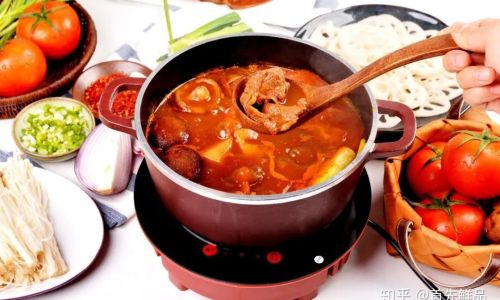
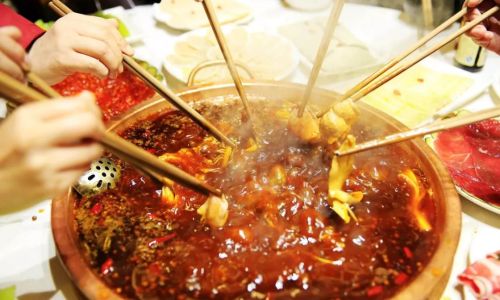
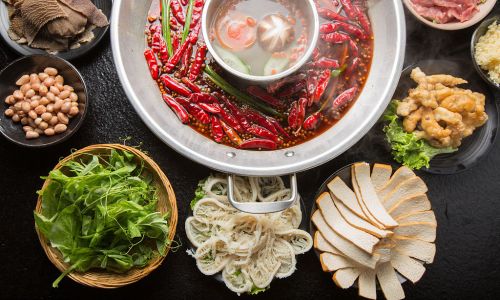
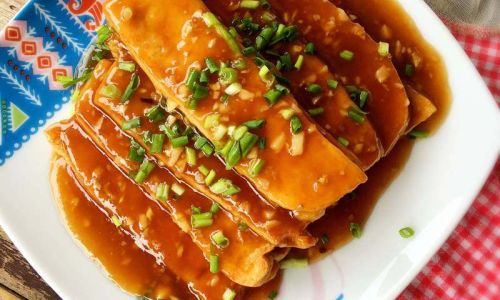

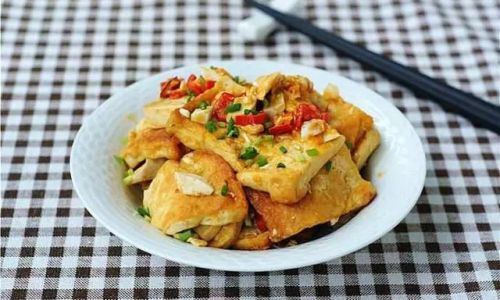
0 comments